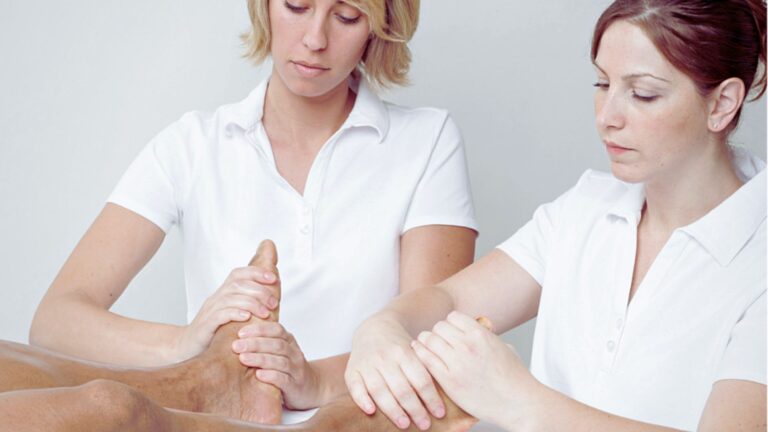Ending Strong: Simple Closure Techniques that Anchor Learning
Introduction
The significance of formal closure for the human psyche is deeply rooted in both psychological and biological factors, making the way teachers conclude their classes particularly important. From graduations and retirement parties to funerals, ceremonies help formalize transitions and assist individuals and communities in processing change. People naturally seek structure, meaning, and resolution in their experiences, and recognizing these deep human needs supports our students.
The Psychological Need for Closure
Closure provides us with a sense of completion and finality. Open-ended experiences or unresolved situations can leave us feeling unsettled or anxious. Structured endings allow us to process and regulate the emotions associated with an experience. Whether we feel joy, sadness, or relief, closure creates space for us to acknowledge and integrate our feelings, preventing emotional spillover into unrelated areas of life.
Humans are also natural storytellers; we use narrative frameworks to understand the world around us. A formal conclusion helps to close the loop on the story we tell ourselves about an event or experience, providing coherence and meaning.

Psychological and Biological Needs for Closure
From graduations to retirement parties to funerals, ceremonies formalize transitions, helping people and communities process change. People naturally seek structure, meaning, and resolution in their experiences, and we support our students when we recognize these deep human needs.
The Biological Need for Closure
Unfinished experiences can keep the brain in a heightened state of arousal, causing the amygdala to remain active and expend mental energy that could be conserved for later tasks. A structured ending allows the prefrontal cortex to signal safety and completion, reducing stress. Additionally, formal closure can trigger a release of dopamine, the “reward” chemical associated with completing tasks. Dopamine reinforces our motivation to seek resolution and closure in the future.
Implications for Learning
In contexts like adult education, formal closure serves to ground students in what they’ve learned, creating a moment of reflection and integration. Closure not only enhances retention but also leaves them feeling satisfied and energized for future learning. Similarly, in personal and professional relationships, such as those between students, intentional endings foster a sense of respect and acknowledgment for shared experiences.
In 40 Activities to Anchor Student Learning, we explore methods for closing segments of a lesson or reinforcing content at the end of class. Review the menu of activities for closure ideas. We might also use simple rituals, such as an inspiring quote that everyone repeats together, a breathing exercise, or a series of stretches that relax the body and release tension. Here, I want to highlight the active processing circle because it provides an excellent way to close hands-on classes.

Active Processing for Massage Technique Classes
When teaching massage techniques, an active processing circle gives students time to reflect on their learning processes and identify learning that holds particular personal meaning. This activity is an excellent way to formally close massage practice classes.
An Active Processing Circle for Massage Classes
Active processing is an instructional strategy rooted in the work of Jean Piaget and Lev Vygotsky that takes many forms. When teaching massage techniques, an active processing circle gives students time to reflect on their learning processes and identify learning that holds particular personal meaning. This activity is an excellent way to formally close massage practice classes.
Directions:
- Determine the amount of time to plan for the active processing circle by adding the amount of time students need for cleanup to one minute for each student in your class and five additional minutes allotted to the teacher.
- At the appropriate time, complete your massage practice and ask students to clean up their massage supplies and ready themselves for departure.
- Ask students to create a circle with their chairs in the middle of the clean room.
- Ask students to respond to one reflective question (see examples below). Each student will take about one minute to respond. Example reflective questions include:
- How did you feel when practicing the new technique(s)?
- What aspects of the technique did you find most challenging, and why?
- Can you describe a situation in which you could apply this technique?
- What feedback did you receive when practicing, and how will you use it to improve?
- How confident are you in using this technique on a client, and what additional support might you need?
- In what ways did the sequence of techniques affect your ability to perform individual techniques and transitions smoothly? Note: Discussing sequencing helps students understand the flow of the massage session and how each technique contributes to the whole.
- What did you learn about your own style of learning and practicing through this technique?
- How could you modify this technique to accommodate different client needs?
- What are the key safety considerations for this technique?
- How will this new technique be integrated into your regular practice sessions?
- When each student has responded to the reflective question, share something positive that strikes you about their massage practice session (e.g., “I was excited to notice today that everyone got right to work practicing the techniques and that everyone practiced for the full-allotted time,” etc.). Thank students for their hard work and commitment to massage therapy, and say goodbye.


